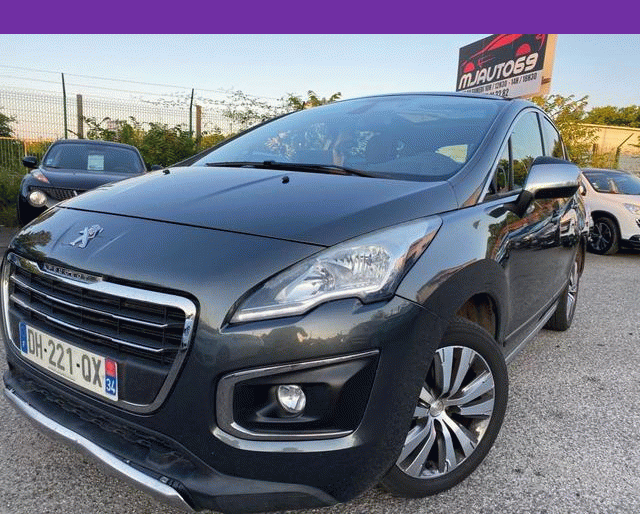

Munoz added: “Shifts of this magnitude are rare, and a number of factors have contributed to the current state of play. Today, that ratio has decreased to just 1.3. In September, low emission vehicles posted a monthly growth of 44%, to 221,500 units, while the registrations of diesels decreased by 51%, to 167,000 units.īefore the pandemic, there were 10.3 new diesel cars registered for every electric or plug-in hybrid vehicle. In stark contrast, both the chip shortage and the growing severity of the climate crisis has caused diesel vehicle sales to plummet. OEMs with a large offering of pure electric and plug-in hybrid cars have been less impacted by the current crisis, as European consumers continue to take advantage of the various incentives and subsidies available for these vehicles.



The growing popularity of EVs is encouraging, but sales are not yet strong enough to offset the big declines seen across other segments.” Munoz continued: “This year, the industry has responded well to the the pandemic, but it is now facing new supply chain challenges. Results through September show that this gap has narrowed to just 7%. By the end of the first half of the year, total registrations were 27% higher than in H1 2020. Year-to-date, Europe’s 26 markets continued to outperform in comparison to 2020, however the gap has narrowed. As a result, unwilling to wait more than a year for a new car, many consumers have turned to the used car market.” Felipe Munoz, Global Analyst at JATO Dynamics, commented: “Dealers continue to face issues with the availability of new cars due to the chip shortage. September was another significant month for Europe’s automotive industry, as new car registrations fell by 25% to just 964,800 units. SUVs are on track to secure a 50% market share.Tesla outsold established brands including Fiat, Nissan and Seat.Tesla’s Model 3 becomes the first EV to top the general model rankings, in September.


 0 kommentar(er)
0 kommentar(er)
